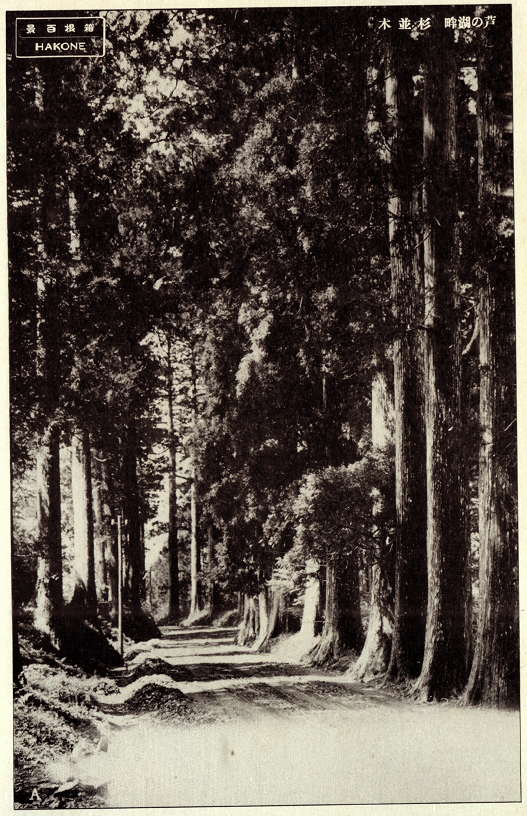The chicken's grave
In a certain temple in Miyagi Prefecture is a grave, complete with stupa, in which is interred a chicken. Here is the story, roughly translated from Horobiyuku densetsu kōhi o tazunete 滅び行く伝説口碑を索ねて ("On the trail of vanishing legends and oral traditions") by Tomita Hiroshige 富田広重, which you can read online here.
In the cemetery at Seiryō-zan Sōzen-ji temple, located in Negishi, Mogasaki Village, Natori District, Miyagi Prefecture, a chicken is interred. The temple is on the right after one crosses the Hirose river at Miyazawa; fourteen meters inside the main gate, a natural rock half a meter high can be found on the left with "This stupa is not for a human" [卍不之人間之塔] carved on it: this is the chicken's grave. To the right of those words on the rock is carved "The one known as Layman Ryōdō of Igen Hermitage..." [為玄庵了道信士也者]; the rest is illegible.
Quick aside: 為玄庵了道信士 is a posthumous Buddhist name, a kaimyō 戒名. Shinji 信士 is sort of like a title; it is of about medium grandiosity, lower than koji 居士 for example. It recognizes the recipient as a righteous non-monastic male.
Igen-an 為玄庵 is the angō or "hermitage name". In Japan, it's more common for this slot to be filled with something ending in 院 ("temple", sort of); the use of 庵 "hermitage" indicates a degree of humbleness. Igen is a proper noun and I'm not sure how to best read it; "Plumber of Depths"? "Performer of Mysteries"? It's probably a classical reference I don't get.
Ryōdō is the kaimyō proper and roughly means "Awake to the Way", I believe.
It probably goes without saying, but animals are not generally given posthumous names, even relatively humble ones. (It is safe to assume that the name belongs to the chicken, right?)
On the right are carved two lines reading "Erected with respect by Shōji Tarozaemon Kanbun 13 [1673], year of the Yin Water Ox, fourth month, fourteenth day" [寛文十三癸丑四月十四日敬白庄子太郎左衛門], but all we know is that this gravestone was erected 259 years before today, Taishō 15 [1926, and no, the sums don't add up for me either]. The provenance of the chicken-grave is traditionally explained as follows.
Long, long ago, the abbot of Sōzen-ji had a rooster of which he was very fond. One night, however, the rooster began to crow incessantly. A chicken crowing at night is considered an ill omen even today, but this abbot believed it uncritically. Apparently driven quite to distraction, this monk bound by the ten vows and possessed of great serenity wrung the bothersome chicken's neck and disposed of it in the Hirose river. The following morning, one of the neighbors ran into the temple, visibly disturbed, and said to the abbot:
"Last night your chicken came to me in my dreams. It told me, 'I wanted to repay the abbot for his long years of loving care by warning him of the danger he were in, but birds, sadly, cannot speak, and so I crowed all night instead. But the abbot strangled me and tossed me into the river. I'm caught on a stake at Miyazawa crossing now; please, go in my place to warn the abbot.'"
Before he had finished his story, the temple's old cat jumped over the abbot's breakfast tray. The tip of its tail seemed to touch the abbot's soup bowl as it passed, and indeed there was something shiny like oil floating in the soup. Curious, the neighbor investigated the soup more closely and discovered that it contained the terrible poison of the tiger beetle (はんみょう). Realizing that if he had taken his soup without noticing this he would have died, the abbot said, "Cruelly strangling the one who tried to warn me of this peril was a grievous error. I must pray for his departed soul and apologize for my wrong, namu chikushō tonshō bodai namu namu [南無畜生頓生菩提南無々々]."
I'm not sure how literally that last bit can be translated, but I understand it as a mumbled prayer for speedy rebirth in human form and enlightenment for animals. Namu is the "Hail to" borrowing from the Indic languages that appears in the famous namu Amida Butsu.
Regretting his deeds, the abbot went to Miyazawa crossing, retrieved the chicken's corpse, and buried it within the temple grounds in the chicken's grave we see today. As the grave of a chicken of great loyalty [義鶏], we might expect it to be most effective on those lacking in filial piety and general gratitude, but somewhere along the line it became known as effective against maladies of the eye, and a tradition of hanging wooden plaques with requests for succor written on them [ema] nearby also arose — perhaps because the chicken interred here was killed by a monk blind to what was before him.
Everything about this story is fantastic, but I think my favorite detail is that it is never explained why the cat wants to kill the monk, or suggested that the cat was punished or even scolded. What explanation, after all, is necessary? What could punishment or censure possibly achieve? It is a cat; "stone-cold killer" is its defining characteristic. (To be fair, there is apparently also a cat grave in Miyagi containing the remains of a loyal feline who tried to warn its owners primate attendants of a nearby snake and got cut in half as a nuisance for its trouble. Why are so many of Miyagi's legends about people brutally murdering animals who try to do them a solid? Talk about a whistleblower-unfriendly environment.)
There are a few pictures of the grave online, like here and here and here, and some of these sites also offer an alternate version of the story where the abbot has the dream and the cat is plotting to kill everyone in the neighboring house. All at breakfast. Truly the Michael Corleone of cats.
![[No-sword]](http://no-sword.jp/images/site/no-sword_banner.jpg)



